Inner Dharma: Twenty Years On
Updated:
Inner Dharma is a writing project concerned with classical and traditional martial arts and culture that was active between 2005 and 2025.
In 2004, while visiting the Dewa Sanzan area, including Gassan Dai Jinja on Mt. Haguro and Haguro-san Kōtakuji Shōzenin Kogane-do in Haguro-machi, I decided to study classical and traditional arts instead of continuing to practice Aikidō and Kempō.
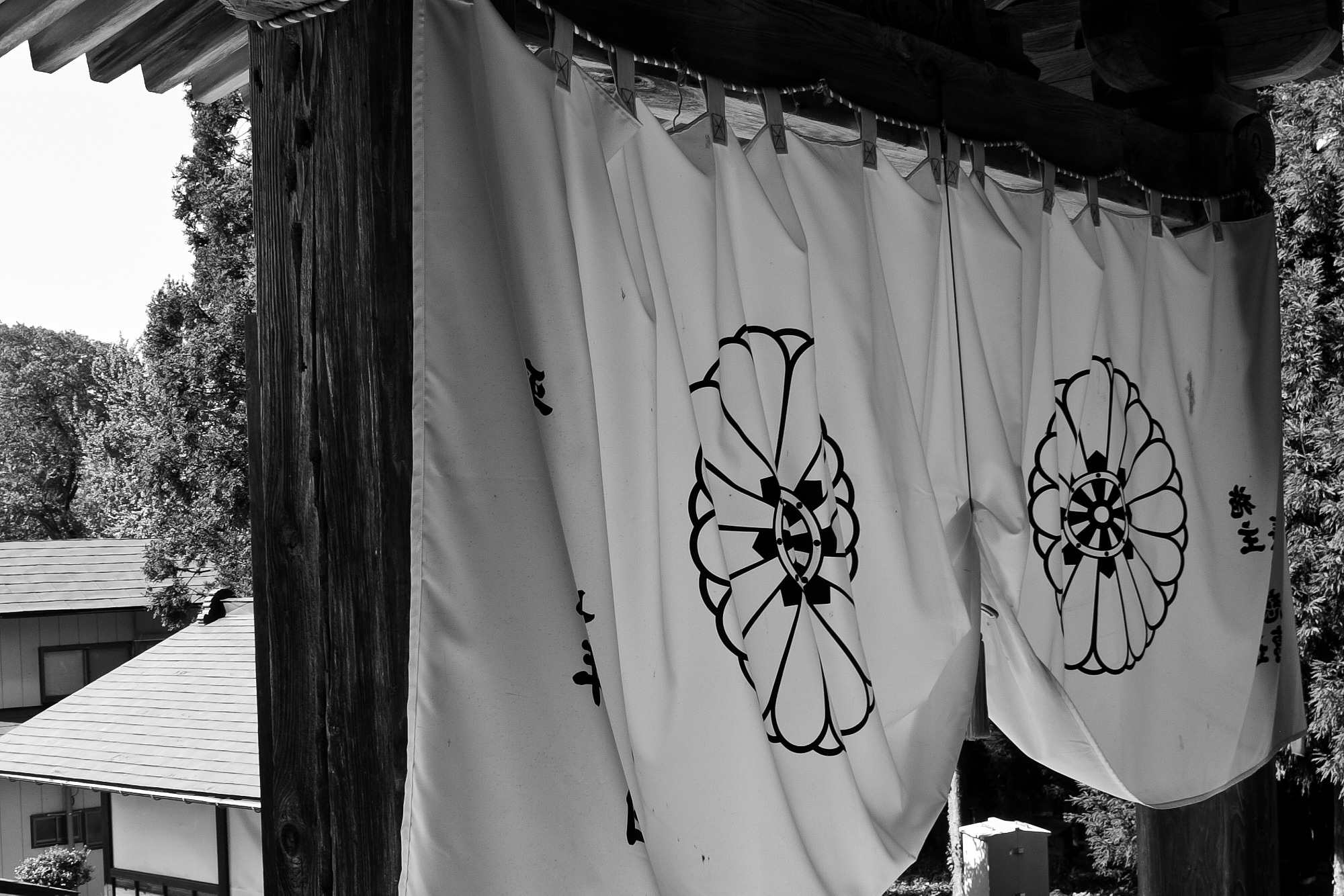
Much of my earlier writing on Inner Dharma was concerned with the process of shifting from practicing modern goshin-jutsu influenced by Aikidō to traditional internal martial arts. Over time, I let my original Aikidō and Kempō practice go.
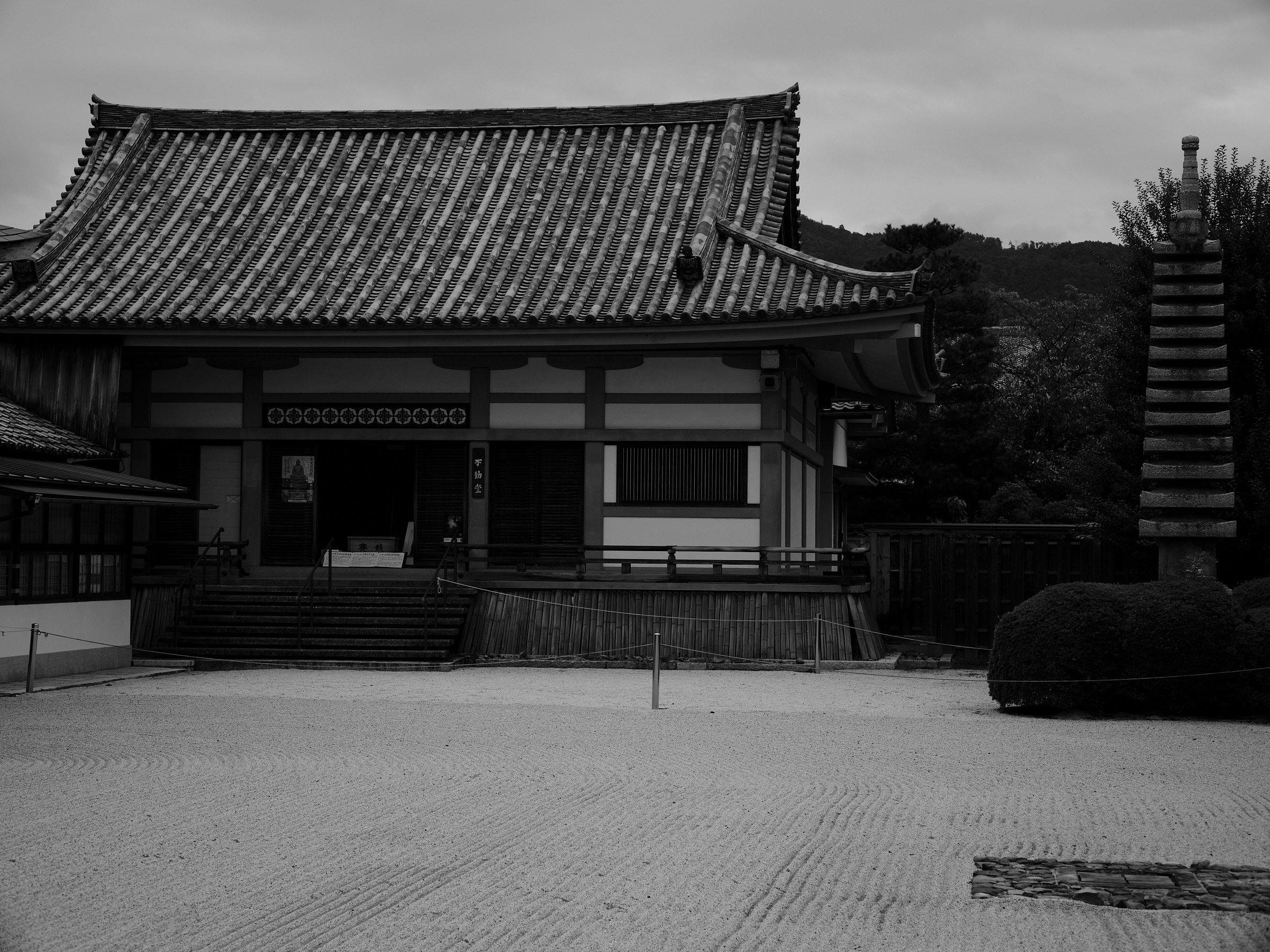
I began learning classical weapons arts from China and Japan around the same time. Inner Dharma later served as a place where I could write down my thoughts about traditions like Shintō-ryū and Shinkage-ryū as I explored kata as well as their variation and application, and eventually had the opportunity to pressure test my skill and decided what path ultimately to follow.
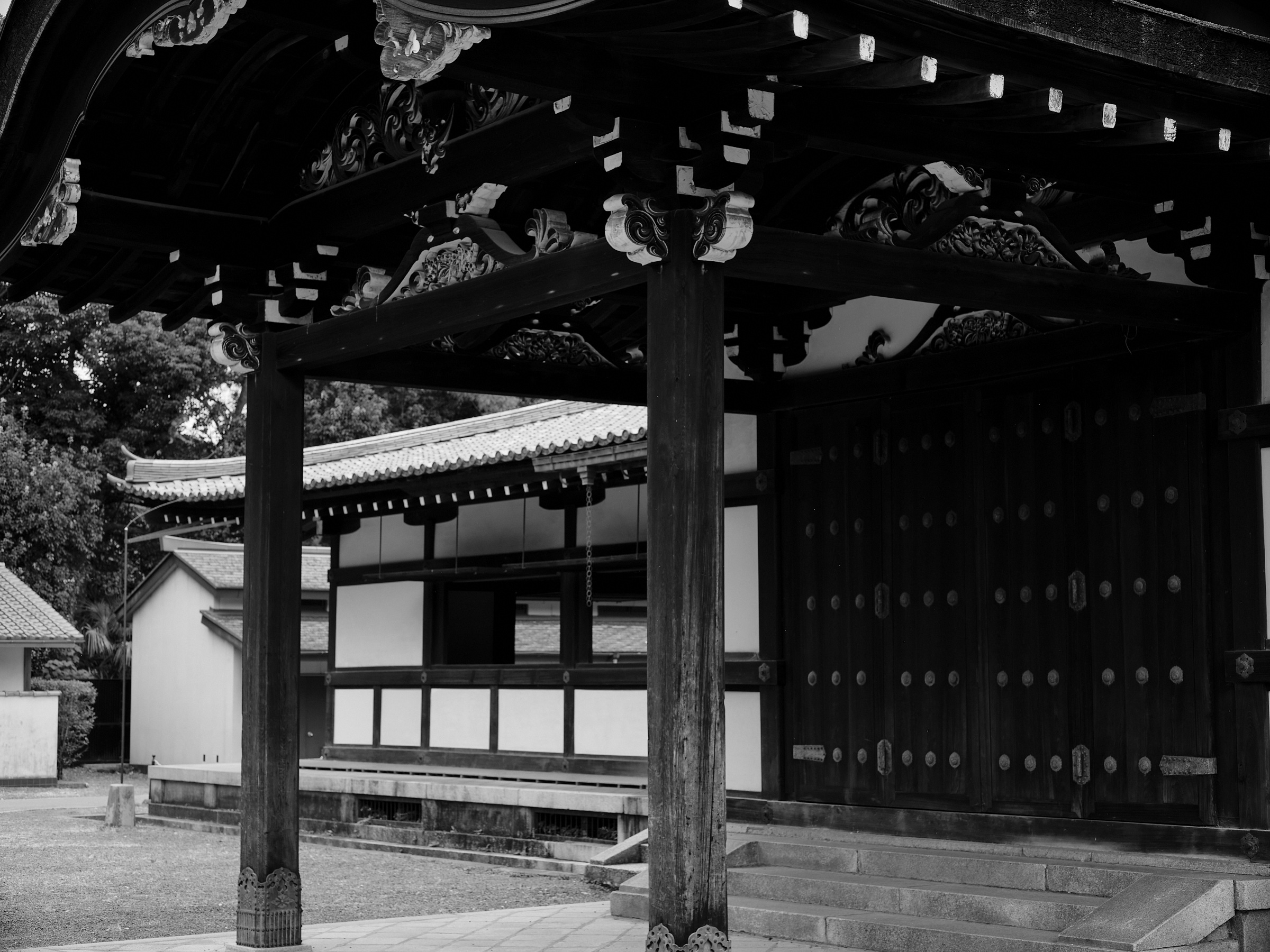
Twenty years after this project began in Dewa, I visited Kyoto, including the seat of Honzan-ha Shugendō not far from the Kyoto Budōkan (the site of the Meiji-era Butokukan) as well as the shrines and temples at Kuramadera, an area associated with several important martial arts figures from Japanese history.
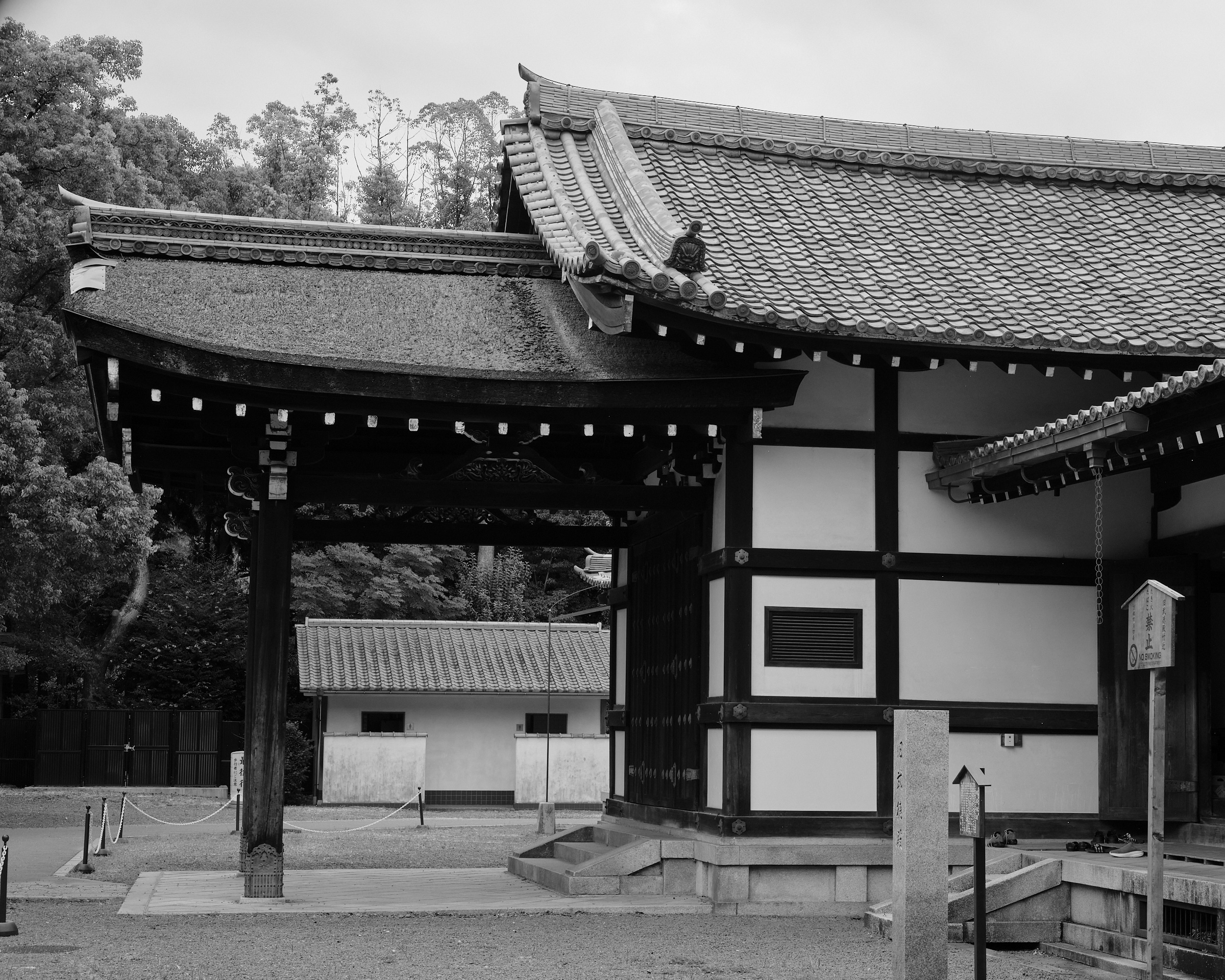
I spent time thinking about my continued endeavors and came to the realization I needed to focus on continuing to develop my skill at traditional internal martial arts and view my swordsmanship, regardless of its source, through that lens. I decided that as a practitioner of Shinkage-ryū with only a few colleagues and students, it was not important to align myself with existing factions of these arts in Japan. More important was to continue to do my best to cultivate shugyō.
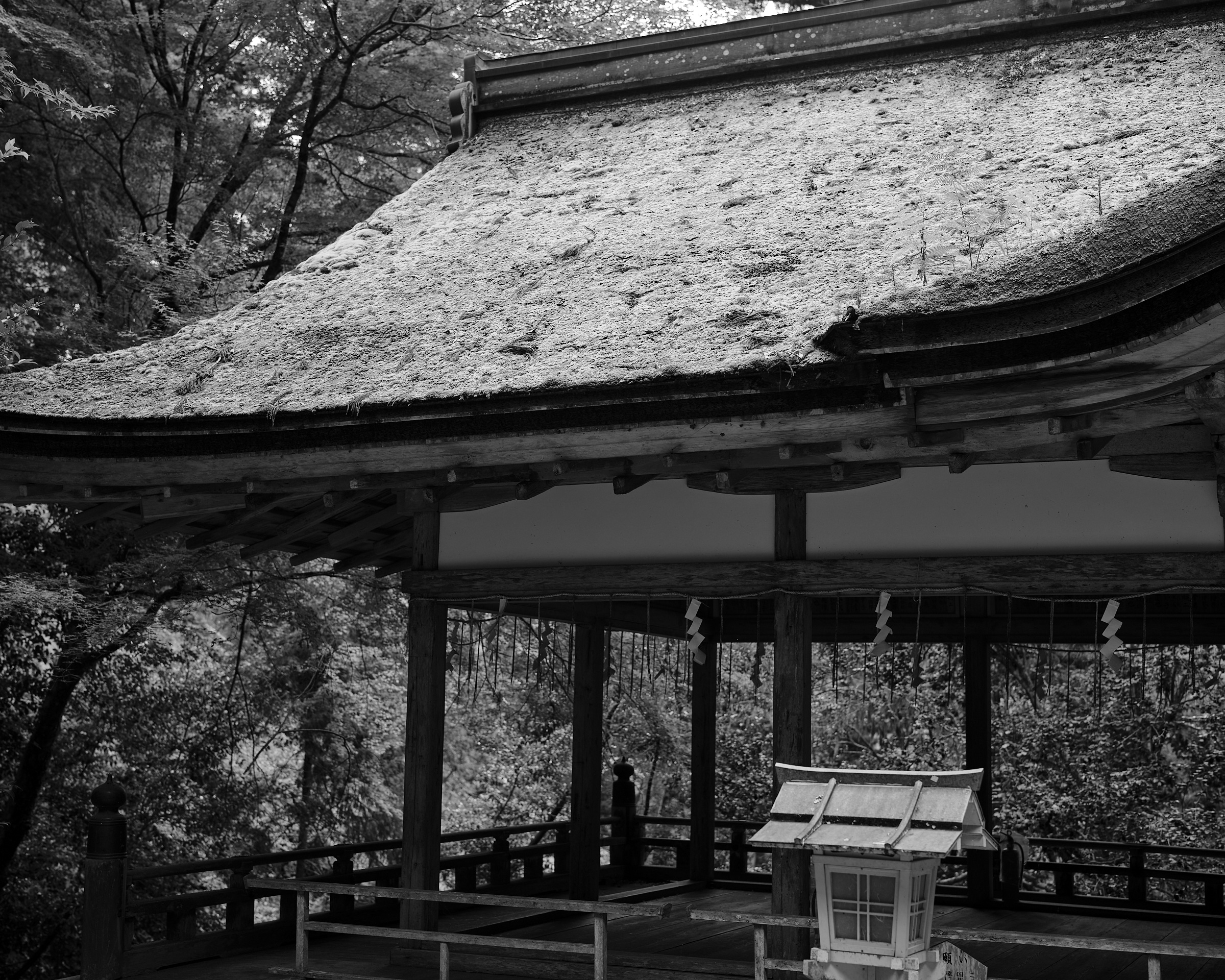
In cultivating a more withdrawn approach to my study,
I am reminded that the final level of practice of
Jikishinkage-ryū, called marobashi or marubashi (
I want to thank all the people who provided feedback and encouragement to my writing at Inner Dharma over the last twenty years, especially as its focus shifted.
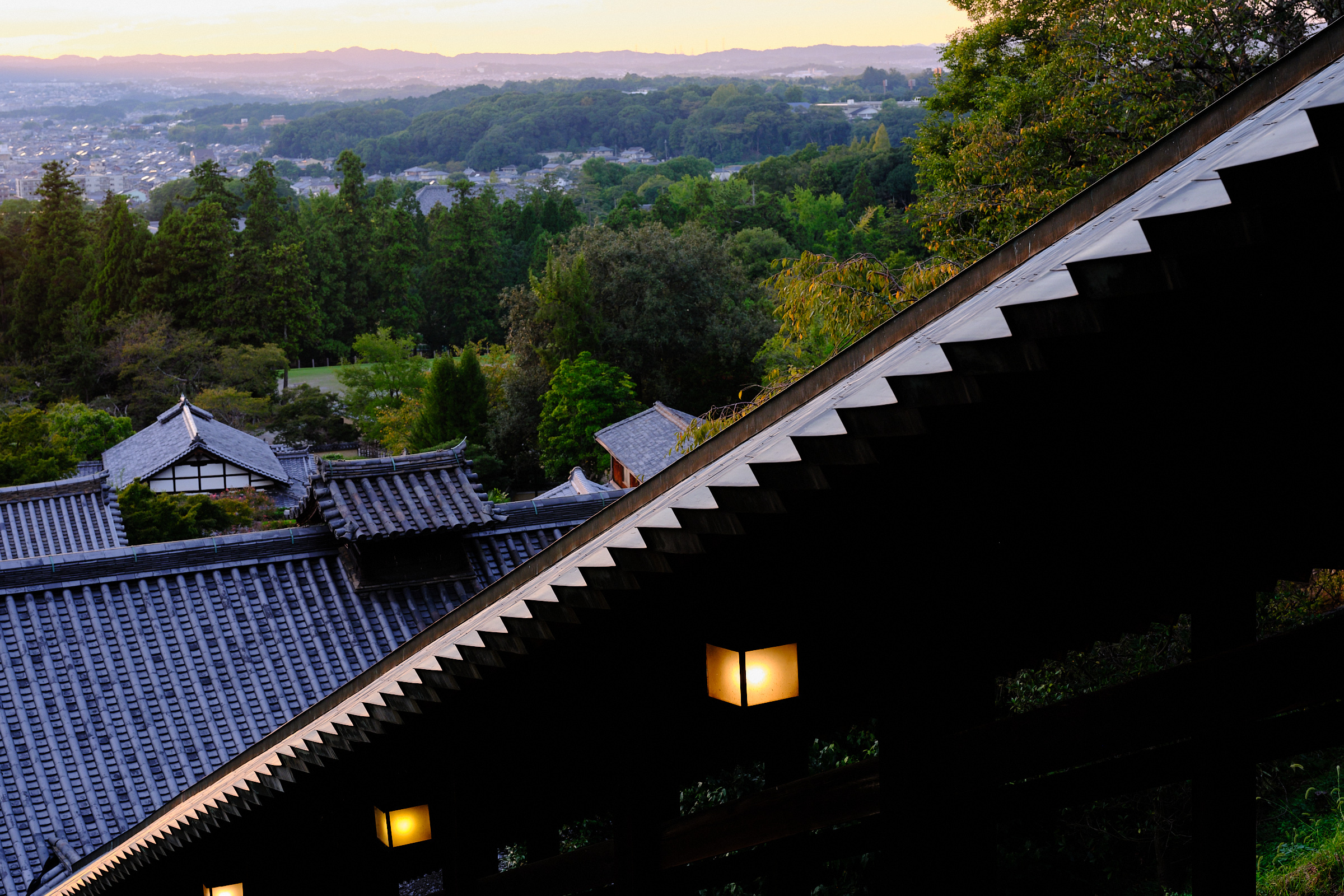
The phrase hyakuren jitoku (
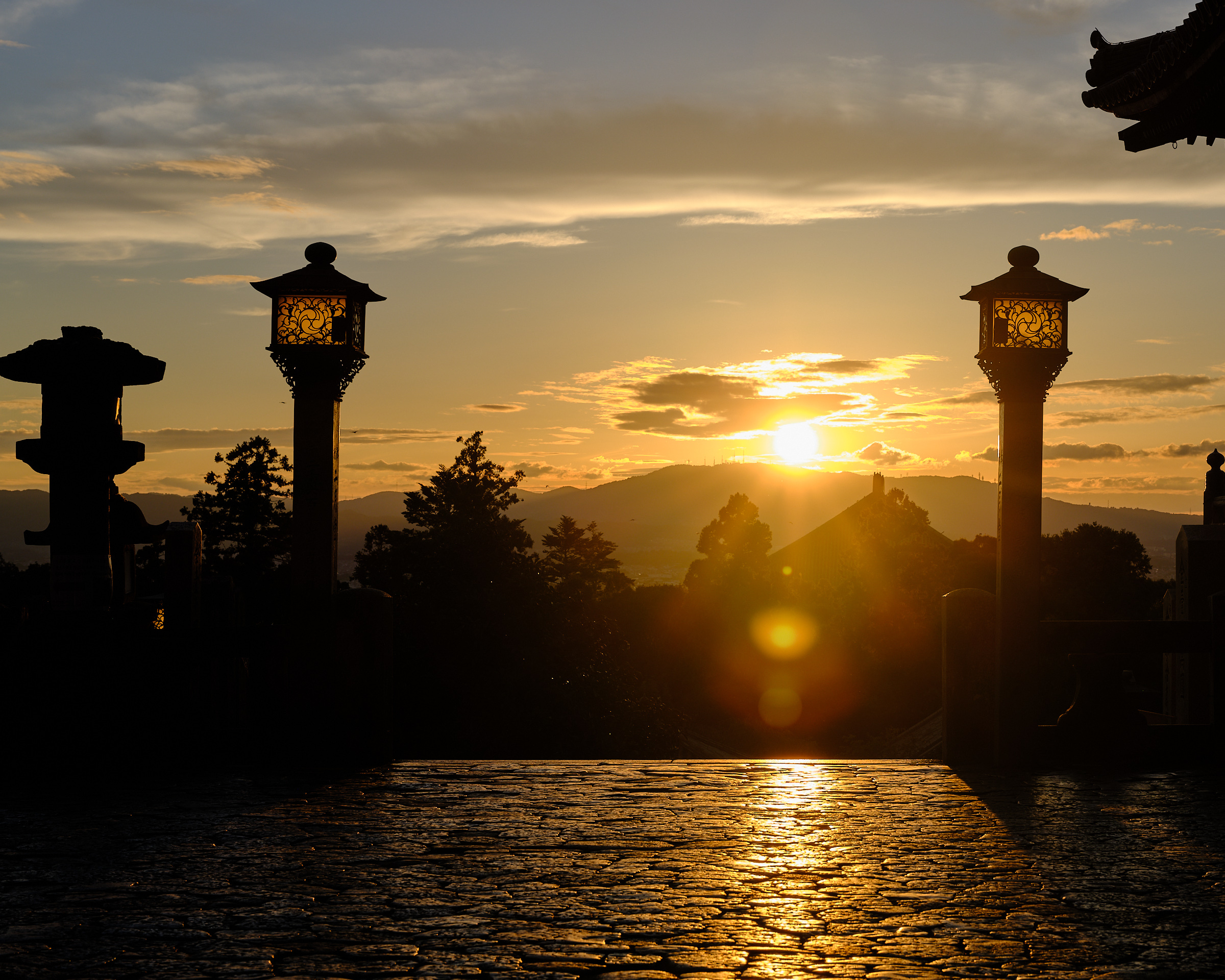
Over time I more strongly feel that each person needs to walk their own path and come to their own decisions about where and how best to train. Looking out from the veranda of the Nigatsu-do, above Todaiji in Nara, I came to the realization that I had completed the journey that started with Inner Dharma in Dewa twenty some odd years ago.
I wish you all the best with your training.